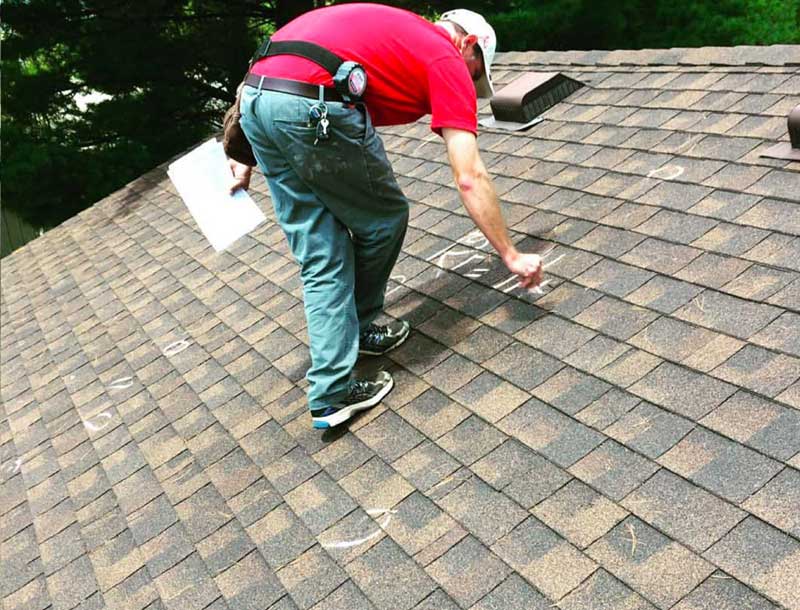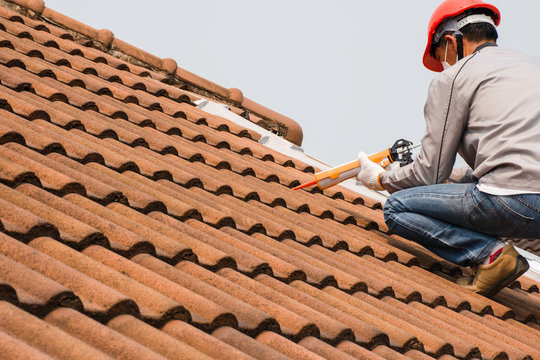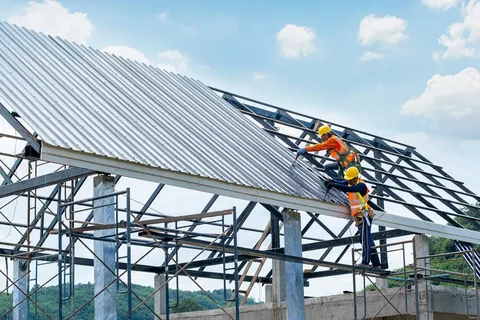Getting a new roof is a big deal. It’s a major investment that protects your home, adds value, and improves curb appeal. But even the best roofing materials can fail if the installation isn’t done right. That’s why it’s important to know what can go wrong—and how to avoid it.
In this guide, we’ll walk you through the most common mistakes homeowners and contractors make during roof installation projects and how to stay clear of them. If you’re about to replace or install a new roof, read this first.
Why Getting Roof Installation Right Matters
Your roof isn’t something you replace every year. A properly installed roof can last 20, 30, or even 50 years depending on the material. But a poor installation can lead to leaks, high energy bills, and expensive repairs—sometimes within just a few years.
Whether you’re hiring a roofing contractor or tackling the job yourself, it’s important to follow best roofing practices and avoid the common traps.
Top Roof Installation Mistakes to Avoid
1. Skipping a Roof Inspection Before Installation
Many homeowners jump straight into roof replacement without checking what’s underneath. If your decking or roof structure is damaged, installing new shingles won’t solve the problem — it just covers it up.
Solution:
Always have a thorough roof inspection done before installation. A qualified contractor will look for rot, mold, or sagging areas that need attention before laying down new materials.
2. Choosing the Cheapest Contractor
We all want to save money, but choosing a contractor based on the lowest bid can backfire. Low prices often mean shortcuts, unlicensed work, or cheap materials that won’t hold up.
Solution:
Do your research. Read reviews, ask for licenses, and check references. A reliable roofing contractor might cost a bit more but will save you stress and money in the long run.
3. Improper Shingle Installation
This is a major issue. Shingles that aren’t lined up properly, installed without the correct overlap, or nailed incorrectly can lead to leaks, wind damage, and early failure.
Solution:
Hire experienced roofers who follow manufacturer guidelines. Ask your contractor to walk you through their process so you know it’s done right.
4. Ignoring Ventilation and Insulation
Your roof needs to “breathe.” Without proper ventilation, heat and moisture build up in your attic, which can damage your shingles from the inside out and lead to mold and high energy bills.
Solution:
Make sure your contractor includes roof ventilation and checks attic insulation. This will help your roof last longer and keep your energy costs down.
5. Not Replacing the Flashing
Flashing is the thin metal around chimneys, vents, and valleys that helps keep water out. Reusing old flashing is one of the most common and risky cost-cutting moves during installation.
Solution:
Always install new flashing with a new roof. It’s a small extra cost that adds big protection.
6. Poor Weather Timing
Installing a roof during heavy rain, snow, or extreme cold can prevent materials from sealing properly. This leads to leaks and may void the warranty.
Solution:
Schedule your roof installation during mild, dry weather. Spring and fall are usually ideal times, but a good contractor will know the best local window for your project.
7. Using the Wrong Roofing Materials
Not all roofing materials are made for every home or climate. Some homes need stronger wind protection; others need heat resistance. Using the wrong material shortens the lifespan of your roof.
Solution:
Talk to your contractor about the best roofing option for your region, roof slope, and home style. Whether it’s asphalt shingles, metal roofing, or tile—choose what works best, not just what looks good.
8. Lack of Clean-Up Plan
You’d be surprised how many homeowners are left with nails in the yard, torn shingles, and leftover mess once the crew is gone.
Solution:
Before signing the contract, make sure post-project cleanup is included. A good roofing company will do a full sweep and leave your property spotless.
Smart Tips to Get the Best Out of Your Roofing Project
-
Get at least 3 estimates before making a decision
-
Ask about warranties on both materials and labor
-
Don’t be afraid to ask for before-and-after photos of past work
-
Review the full scope of the project—not just the price
-
Get everything in writing, including timelines, costs, and cleanup
Conclusion: A Quality Roof Starts With the Right Choices
Roof installation isn’t something you want to do twice—at least not anytime soon. By avoiding these common mistakes, you’ll protect your home, your wallet, and your peace of mind. It all comes down to choosing the right roofing contractor, using the right materials, and making sure the job is done with care.
Take your time, ask questions, and invest wisely. A roof done right is a roof that lasts.
FAQ: Roof Installation Mistakes
1. How can I tell if my roof was installed poorly?
Look for signs like uneven shingles, leaks, exposed nails, or sagging areas. A professional inspection can confirm if there’s a problem.
2. Is it okay to install a new roof over an old one?
While allowed in some areas, it’s not always recommended. It can hide damage underneath and add unnecessary weight to your roof structure.
3. How long does a roof installation take?
Most residential roofing projects take 1–3 days, depending on the size and weather conditions.
4. Should I stay home during the roof installation?
You can, but expect noise. If you work from home or have pets, it may be a good idea to make alternate arrangements for the day.
5. Does homeowners insurance cover bad roof installation?
No. Insurance typically doesn’t cover poor workmanship. That’s why it’s important to hire a licensed, insured contractor.


